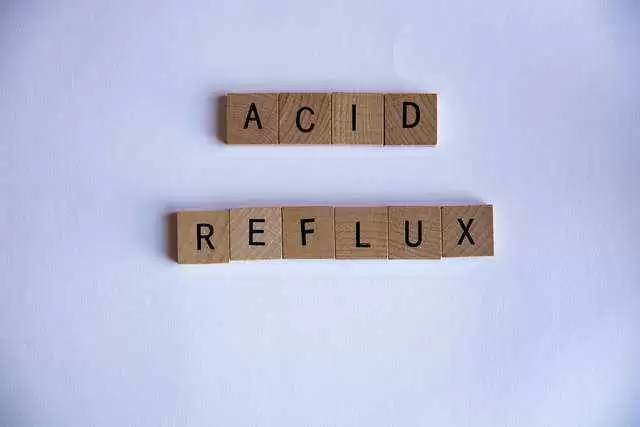
Celiac.com 10/30/2019 - More and more, doctors are noticing cases of both celiac disease and eosinophilic esophagitis (EoE) in children. A team of researchers recently set out to examine the results of therapeutic dietary treatment in a group of children with celiac disease and eosinophilic esophagitis.
The research team included Tiffany Patton; Ankurt Chugh; Leena Padhye; Catherine DeGeeter; and Stefano Guandalini. They are variously affiliated with the Section of Pediatric Gastroenterology, Hepatology, and Nutrition, Comer Children's Hospital, University of Chicago Medical Center, Chicago, IL; the Section of Pediatric Gastroenterology, Hepatology, and Nutrition, Medical College of Wisconsin, Milwaukee, WI; the Division of Allergy and Immunology, Rush University Medical Center, Chicago, IL; and the Section of Pediatric Gastroenterology, Hepatology, and Nutrition, Stead Family Children's Hospital, University of Iowa, Iowa City, IA.
Celiac.com Sponsor (A12):
For their assessment, the team reviewed patient records obtained from the University of Chicago Celiac Center Database from August 2008 to July 2013.
The researchers collected information on children with both celiac disease and eosinophilic esophagitis including age, sex, dates of diagnoses, presenting symptoms, length of symptoms before diagnosis, family and personal history, dietary therapy, and esophageal response to dietary treatment.
The team reviewed records of 350 pediatric celiac disease patients. Twenty-two children, or 6.3% had confirmed celiac disease and eosinophilic esophagitis, 17 of those children had repeat biopsies.
In four cases, the esophageal eosinophilia cleared up on a strict gluten-free diet, 10 of 17 (59%) needed to eliminate other foods before the problem resolved, 1 of 17 failed to reached histological remission, while there was no follow-up information for 2 of those 17 patients.
After symptom improvement, five out of five patients could tolerate soy, three of five could tolerate eggs, three of seven could eat dairy, two out of four could tolerate nuts 2 of 4, and two of four can tolerate fish.
This is perhaps the largest pediatric study to examine the histologic aspects of EoE-associated esophageal eosinophilia in response to dietary treatment of pediatric patients with both celiac disease and eosinophilic esophagitis.
The results show that most of these patients can tolerate soy, and suggest that making it the first food to be reintroduced, or testing out a soy-inclusive elimination diet could be helpful for those patients.
Read more in the Journal of Pediatric Gastroenterology and Nutrition: August 2019.











Recommended Comments
There are no comments to display.
Create an account or sign in to comment
You need to be a member in order to leave a comment
Create an account
Sign up for a new account in our community. It's easy!
Register a new accountSign in
Already have an account? Sign in here.
Sign In Now